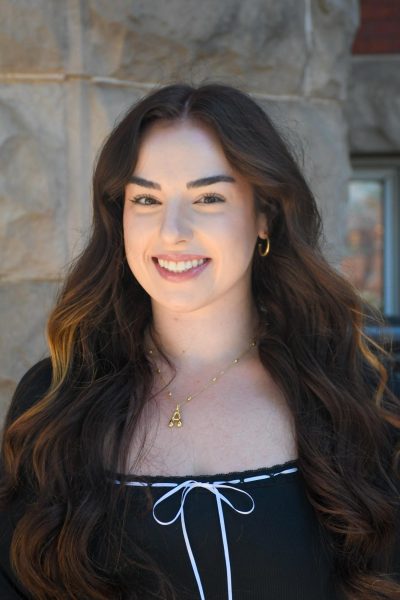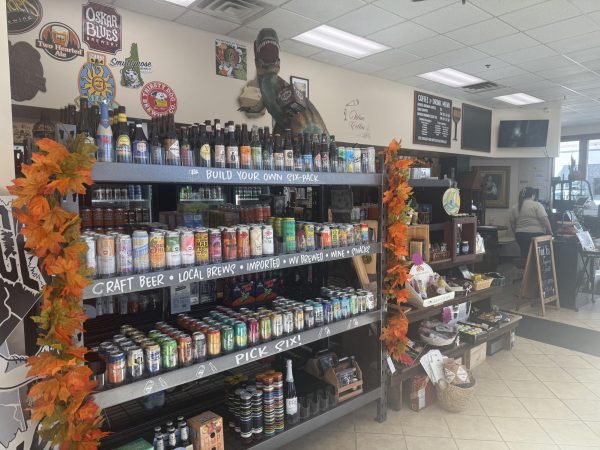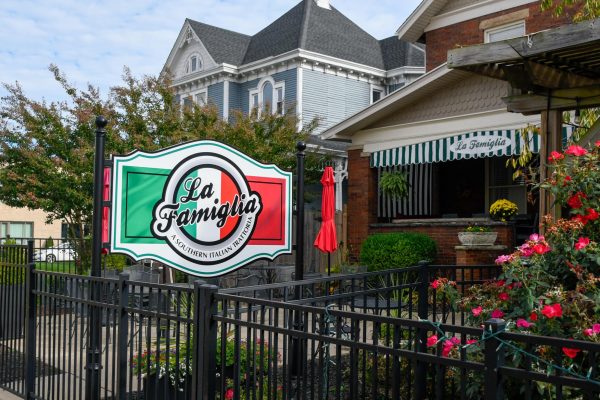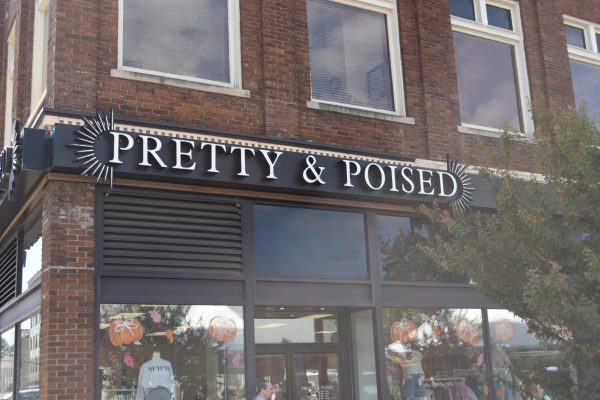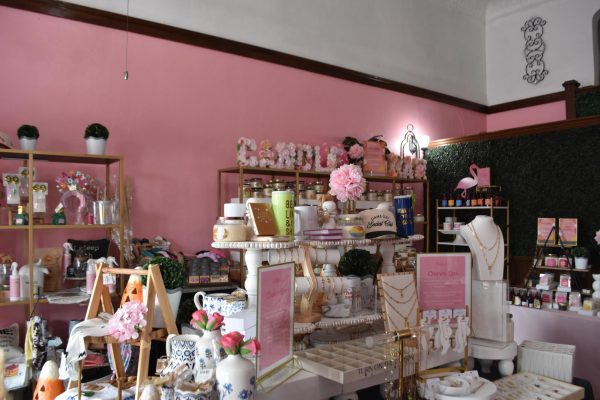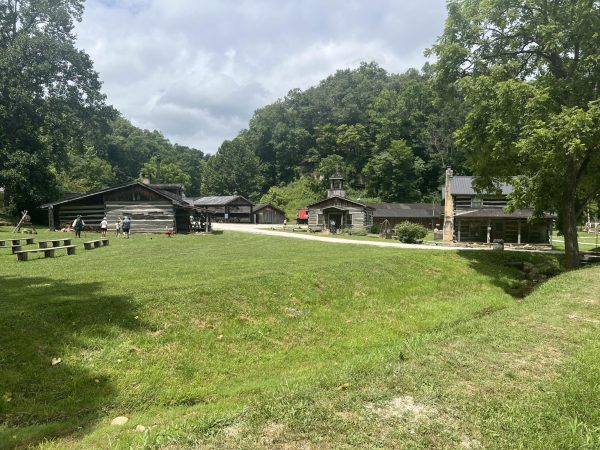Common Misconceptions
Have you ever asked where is Vietnam? What does it look like? I believe there are many people who do not know the exact location, or they might know Vietnam is in Asia and one of the South-East Asian countries, and that’s it.
Therefore, I am going to share some general information about Vietnam, like its geographical location, its shape and acreage for everyone over the world.
Vietnam is spread over a land in a letter “s” shape. The acreage is wide at the top and narrow at the middle, then increases again at the bottom part, so that’s why people in Vietnam describe it as an “s.” The acreage is 128,455 square miles, which includes all areas of land, islands and sea.
There are three parts: the north part with the capital, Hanoi, the central part with the big city, Da Nang, and the south part with the biggest city called Ho Chi Minh. All of these cities are beautiful and also reasonable for foreign tourists.
Moreover, Vietnam is bordered by three countries: China to the north, Lao to the northwest and Cambodia to the southwest. Other parts are bordered by a sea to the east called the South China Sea.
There are several famous and beautiful beaches, such as My Khue, Phu Quoc, Mui Ne, Nha Trang Beach, etc. Furthermore, the beaches of Vietnam are attracting many tourists from outside and from other parts of the country.
Especially the extreme diversity in sea food and different methods to cook food adds the most unforgettable tastes in the food.
To sum up, all of this information mentioned above is a basic introduction to foreign people to let them know some general things about Vietnam.
Thus, it might not be enough for people who would like to find out and learn more about Vietnam culture, but it will generate interest in someone who has no idea about this lovely country.
Nothing is the best if people cannot see it by themselves. If you have a chance to travel around Asian countries, take in mind that this great and friendly county is waiting for you.
Your donation will help continue the work of independent student journalism at Marshall University. If you benefit from The Parthenon's free content, please consider making a donation.




